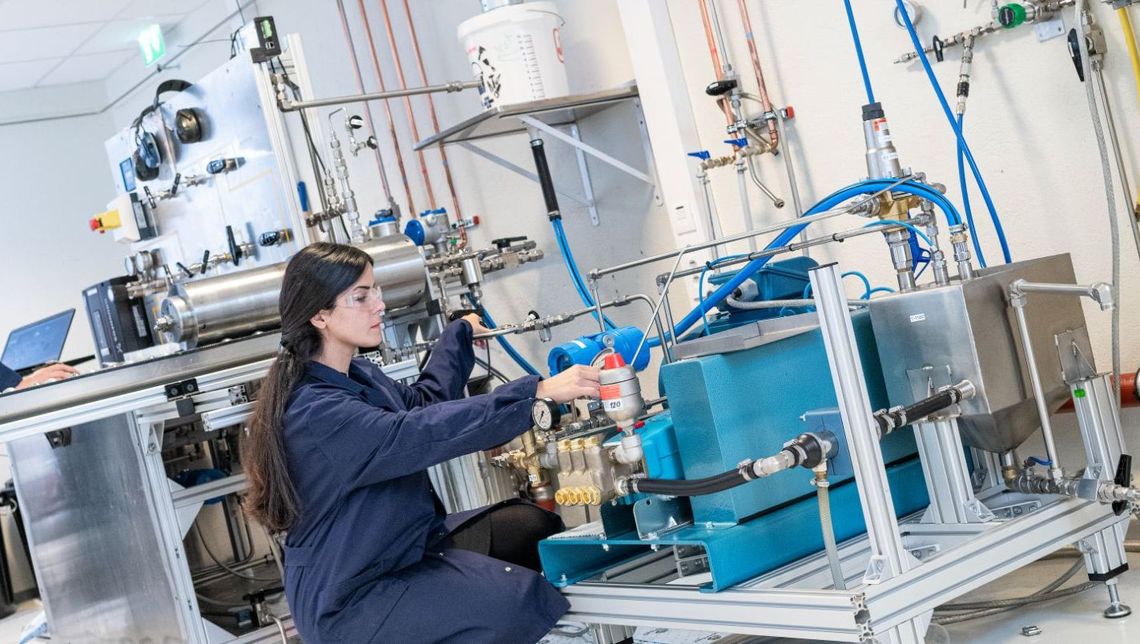
02/02/2022 by InflowControl
How it Works - The Autonomous Inflow Control Valve (AICV®)
The Autonomous Inflow Control Valve, or AICV®, is an elegantly simple piece of technology designed to directly address the inherent issues of all horizontal wells, namely the heel-toe effect and Darcy’s law of flow through a porous medium.
These issues have, up until today, been simply accepted as a part of the oil extraction process, leading to massive operational costs from unwanted water and gas breakthrough, the inefficient uptake of oil itself, and the complete closure of newly drilled well bores.
In a standard horizontal well, oil production follows three steps without fail:
- The newly drilled wellbore begins with semi-successful oil production. Particularly in the heel section and areas with high permeability, oil will pour into the well.
- Once the available flow of oil begins to slow, the pressure will change, leaving water and gas to break through into the well and overtake the oil.
- When water and gas production becomes too high, the entire well must be choked, leaving behind vast un-recovered sections of oil in the reservoir.
The first solution brought forward to attempt to prolong the lifespan of the wellbore came in the form of inflow control devices, or ICDs. They work to create a more balanced pressure differential (drawdown) along the horizontal well section, delaying the breakthrough of unwanted fluids (water and gas). After ICDs came Autonomous ICDs. AICDs, which have the same function, but also choke small percentages of unwanted fluids when detected (approximately 10% for water and 30% for gas). While standard ICDs and AICDs are helpful, they are not effective enough when compared to the AICV®.
The AICV® can completely choke back unwanted fluids (+90% for both water and gas) because of its ability to accurately detect viscosity and density differentials between the fluids. But how? This happens by diverting 3% of the AICV®s flow through a pilot flow path.
The main flow is what normally provides pressure differentials needed in standard ICDs and AICDs. However, in AICV®s, 3% of the flow rate of the main flow path is diverted into something called the pilot flow path. Here, the fluid is forced to flow constantly in a relatively regular path as it passes through the laminar flow element (LFE), the core element of an AICV®, allowing for incredibly accurate fluid analysis.
Unlike standard ICDs and AICDs, the AICV® is extremely well suited for all types of oil recovery, including light oil. The AICV® is self-regulating, reversible, requires no electronic control or surface connection and will fully reopen once oil is detected. You can learn more of the mechanics behind AICV® technology through our AICV® video and component-breakdown below.
Ultimately, InflowControl’s AICV® technology, aimed at improving oil recovery simply and sustainably, makes it the most advanced and adaptable inflow control device on the market. The AICV® has repeatedly proven to improve oil production efficiency, reduce operational costs caused by unwanted water and gas, and extend well life. Through a combination of proprietary technologies, continuous research and development, and in-field expertise, InflowControl’s AICV® is the future of the oil and gas industry. Join us today in Making Better Wells.